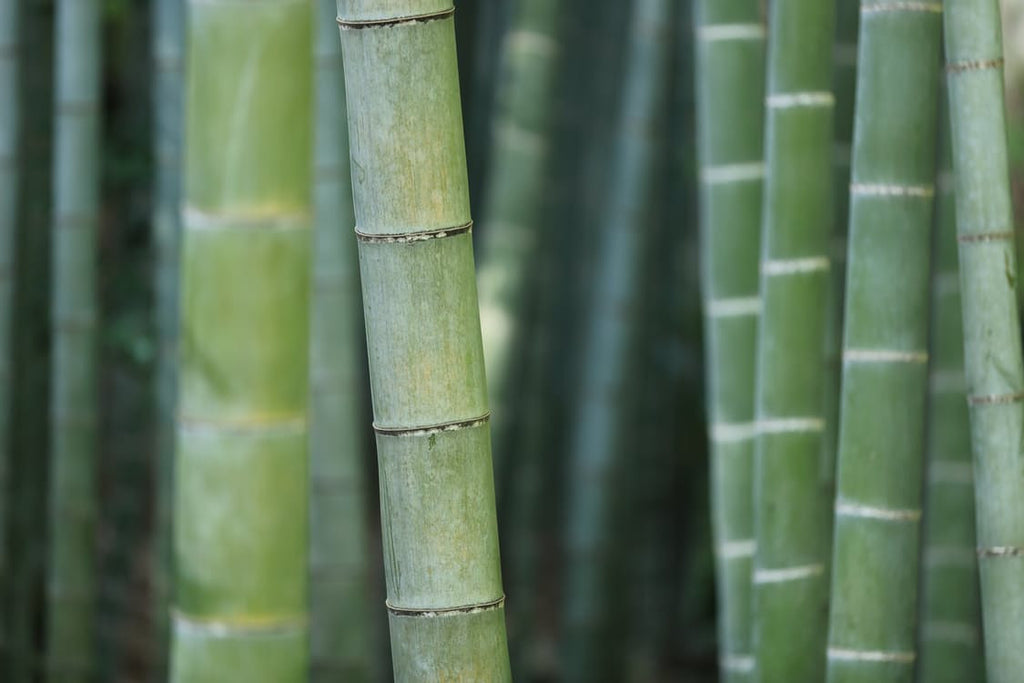Bamboo Renewability
Bamboo is one of nature’s greatest gifts to mankind. It has been utilized for thousands of years by cultures around the globe, most notably in Asia and South America. Bamboo has provided shelter, medicine, and even food for millions of people throughout history. Today there are more than 1 billion people living in homes constructed of bamboo. Recently, bamboo has realized its full potential as a fashionable, affordable, and renewable alternative to standard wood products. The bamboo revolution has begun, and will continue to grow, as the front-runner of all rapidly renewable products.
Bamboo is a grass, and the fastest growing wood like substance on the planet. Moso bamboo ( Phyllostachys pubescens), the variety most commonly used in flooring and building materials, grows to a height of 50-60 feet in only eighteen months. Moso bamboo reaches maturity and can be harvested after four to six years of growth. Compare this to the 30-60 years for any comparable wood species, and it is easy to see the advantages of bamboo. The day after a stalk is harvested, there will be four to seven plants in its place. No replanting is necessary, as bamboo is regenerated through its rhizomes. Bamboo offers incredible erosion control due to this rapid regeneration.
A viable replacement for wood. Bamboo is one of the strongest building materials available. Bamboo's tensile strength is 28,000 per square inch versus 23,000 for steel. While bamboo is incredibly strong, it is also flexible and lightweight, which makes it an essential structural material in earthquake architecture. In Limon, Costa Rica, only the bamboo houses from the National Bamboo Project stood after their violent earthquake in 1992.
Bamboo is a critical element in the balance of oxygen / carbon dioxide in the atmosphere. Bamboo is the fastest growing canopy for the re-greening of degraded areas and generates 35% more oxygen than an equivalent stand of trees.
Bamboo may hold the answer to the future re-vegetation of the earth in vast areas of Brazil and other deforested regions around the world. In modern urban centers the leaf / people ratio is the lowest ever in history, and it may someday be sensibly restored by planting bamboo.




